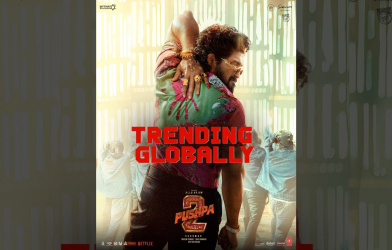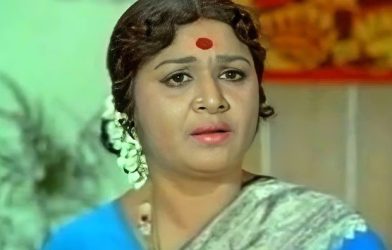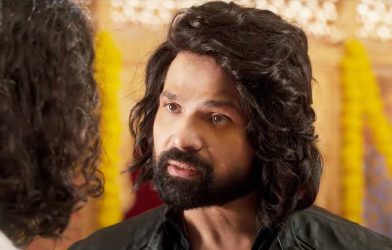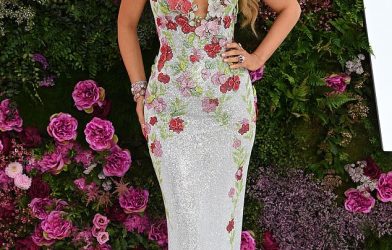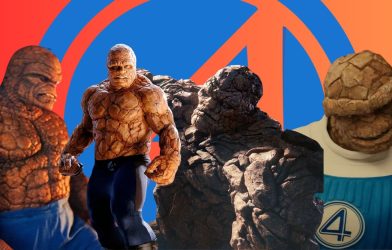Everett Collection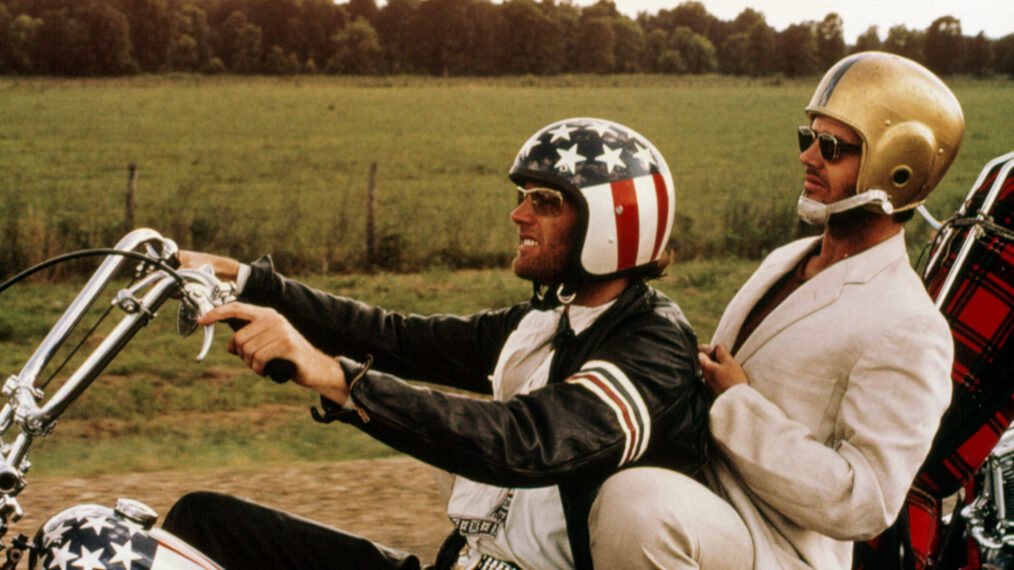
Get your motor runnin’; we’re going to party like it’s 1969, a movie year in which Old Hollywood and the so-called New Hollywood were on a collision course that ushered in a golden era of personal, director-driven American films. The revolution that began in 1967 with films such as Bonnie and Clyde and The Graduate gained further momentum in 1969 with the emergence of the “Born to Be Wild” generation bent on further pushing the envelope. Think of New Hollywood’s defiant attitude like the classic scene in that year’s Best Picture winner, the X-rated Midnight Cowboy, when Dustin Hoffman’s grubby street hustler Ratso Rizzo crosses the street without looking and slams the hood of an oncoming cab, yelling, “I’m walkin’ here! I’m walkin’ here!”
Old Hollywood vs. New Hollywood
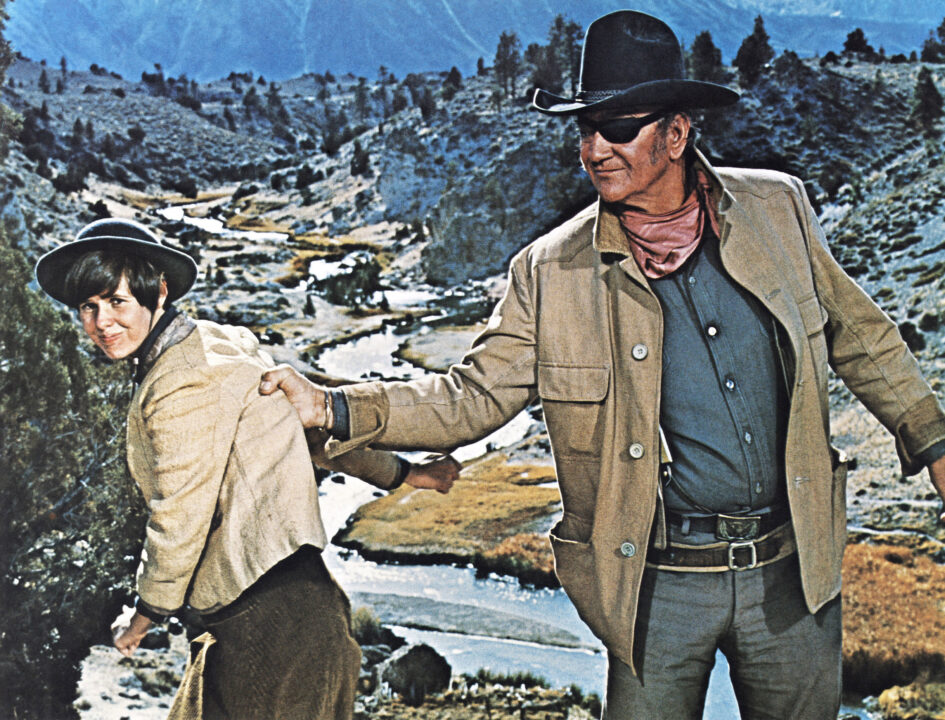
Everett Collection
Hollywood’s generational shift is illustrated by two 1969 Westerns. True Grit was in the Old Hollywood tradition with screen icon John Wayne in his Oscar-winning role as hard-drinking, overweight Marshal Rooster Cogburn. Butch Cassidy and the Sundance Kid, 1969’s biggest box office hit, was on the side of the outlaw, with Paul Newman and Robert Redford as a pair of charismatic, wisecracking fugitives.
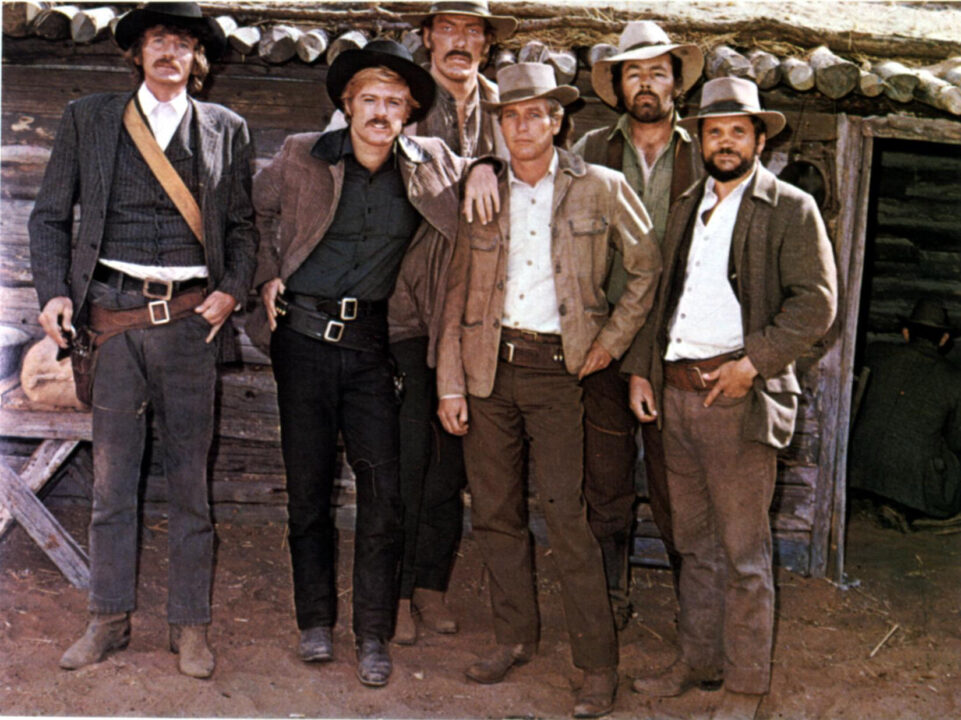
20th Century Fox Film Corp./Everett Collection
Easy Rider, in which Peter Fonda and Dennis Hopper star as two drug dealers whose big score fuels a motorcycle odyssey to New Orleans’ Mardi Gras festival, was perhaps the year’s most game-changing film. “A man went looking for America,” the tagline read. “And couldn’t find it anywhere …” A great rock soundtrack, copious pot-smoking and prodigious use of the word “man” hit a nerve with college-age moviegoers whom the major studios had to that point ignored.
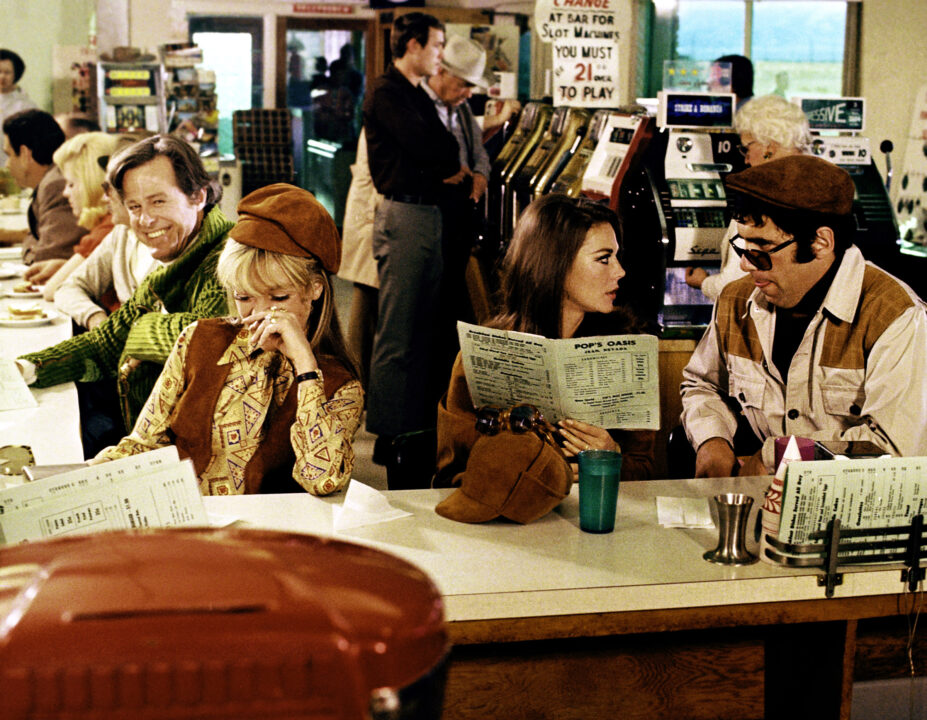
Everett Collection
The growing freedom of the screen could also be seen in Paul Mazursky’s R-rated satirical comedy Bob & Carol & Ted & Alice about two couples whose marriages and friendship are put to the test in the free-love era. It was also one of the year’s top 10 box office hits.
The Controversies
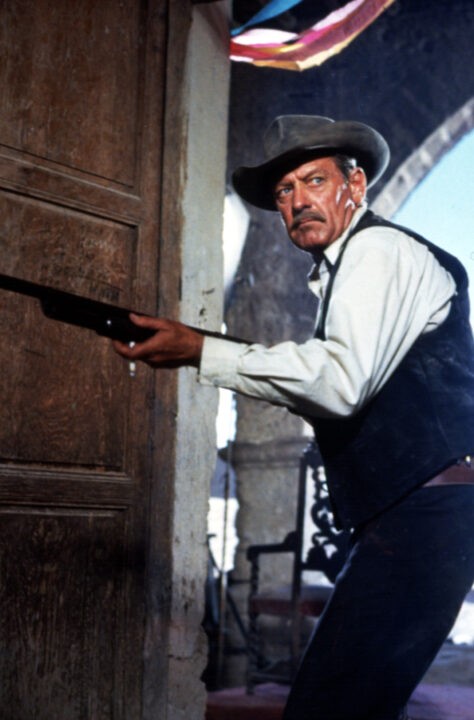
Everett Collection
1967’s Bonnie and Clyde and The Graduate seem tame after two of 1969’s most hotly debated films — Sam Peckinpah’s The Wild Bunch and the Swedish import I Am Curious (Yellow). A line from Bunch’s opening sequence, “If they move, kill ’em,” set the stage for carnage the likes of which had never been seen onscreen. Curious, about a young woman’s sexual and political awakening, contains acts not suitable to discuss in a family magazine.
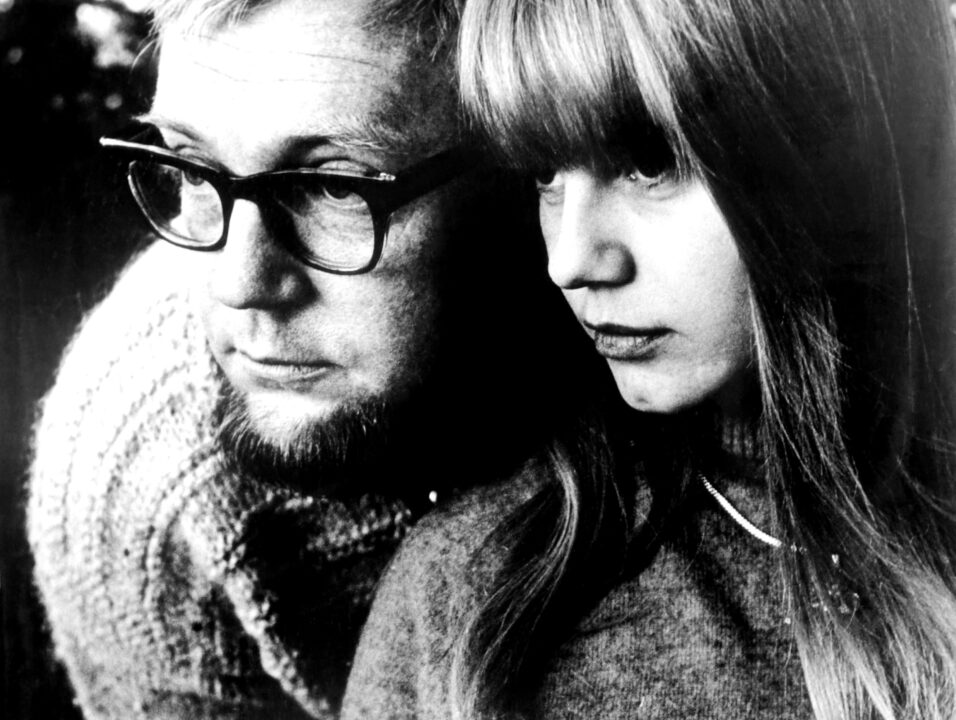
Everett Collection
But that’s why many adults went to foreign films in the 1960s. They played in mainstream theaters, were made by respected directors and earned critical raves. And they were sexually liberated in a way American films were not. Going to a foreign film was akin to saying you read Playboy for the articles. Curious was seized by U.S. customs and was banned in several cities. By the time the U.S. Court of Appeals ruled it was not obscene, the film was an event, championed by the likes of author Norman Mailer and joked about by Johnny Carson on The Tonight Show. It was also referenced in an episode of Mad Men as a film that scandalized Don Draper!
Movie Debuts and Breakthroughs
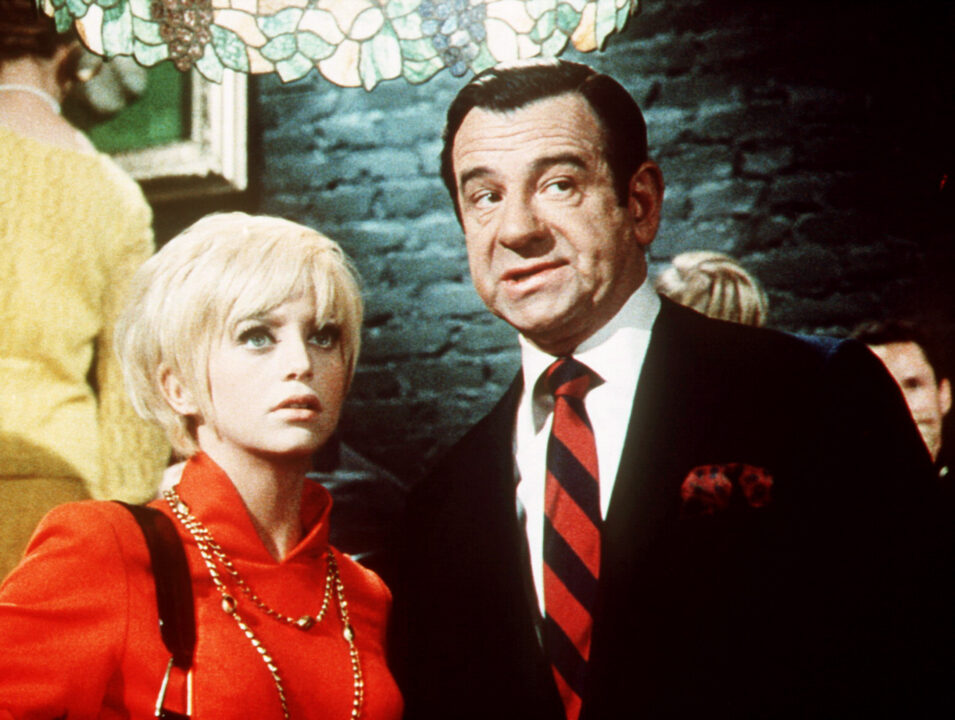
Everett Collection
Goldie Hawn, the breakout star on Rowan & Martin’s Laugh-In, won an Academy Award for Best Supporting Actress for another of the year’s biggest hits, the romantic comedy Cactus Flower. Al Pacino made his big-screen debut in the Patty Duke drama Me, Natalie. Underground filmmaker Robert Downey Sr. (Iron Man’s dad) had his only mainstream success with the subversive Madison Avenue satire Putney Swope about a black man inadvertently put in charge of an advertising agency. The mockumentary Take the Money and Run marked standup comedian Woody Allen’s breakout as a writer, director and star.
Bummers
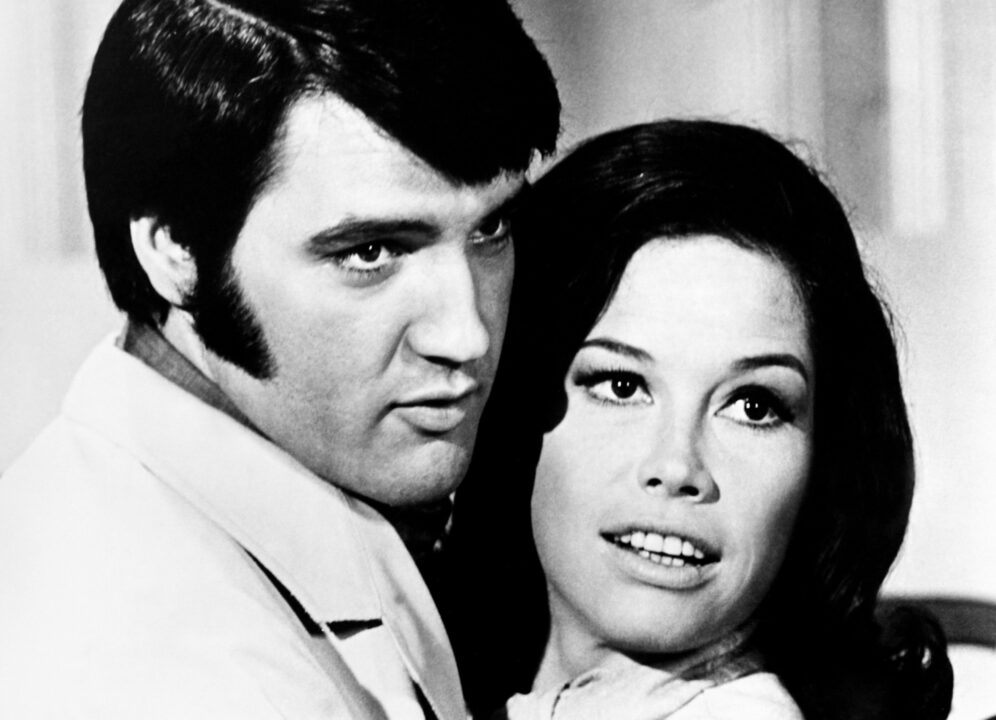
Everett Collection
The blockbuster musical just was not made for these times. Hello, Dolly!, Paint Your Wagon and Sweet Charity were an enormous financial disappointment. Change of Habit, in which Elvis Presley stars as a guitar-slinging doctor in the ghetto who falls in love with Mary Tyler Moore’s character, not knowing she is a nun, was the King’s last film.
Worth Another Look
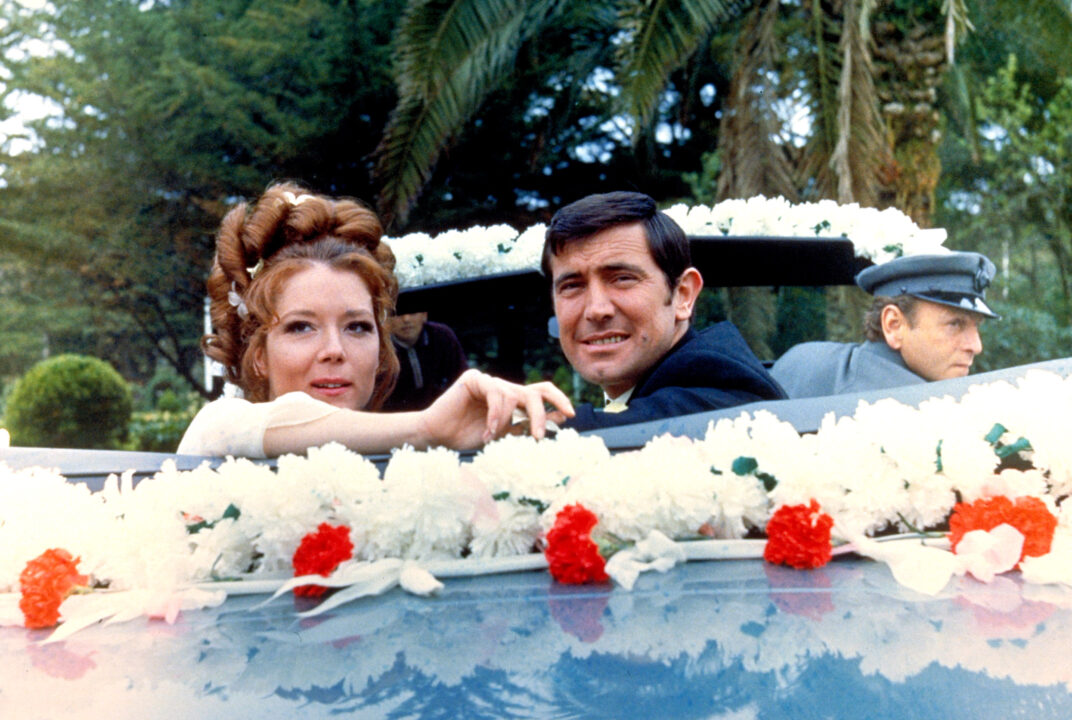
Everett Collection
On Her Majesty’s Secret Service, the sixth in the James Bond franchise, was much-maligned upon its release. Pity George Lazenby, the model who replaced Sean Connery as Agent 007. He is the only one-and-done actor to portray Bond. Today, Secret Service is championed by discriminating Bond fans as among the most faithful to Ian Fleming’s books. It also has the franchise’s Best. Bond. Girl. Ever. That’s Diana Rigg as Tracy, the only Mrs. Bond.
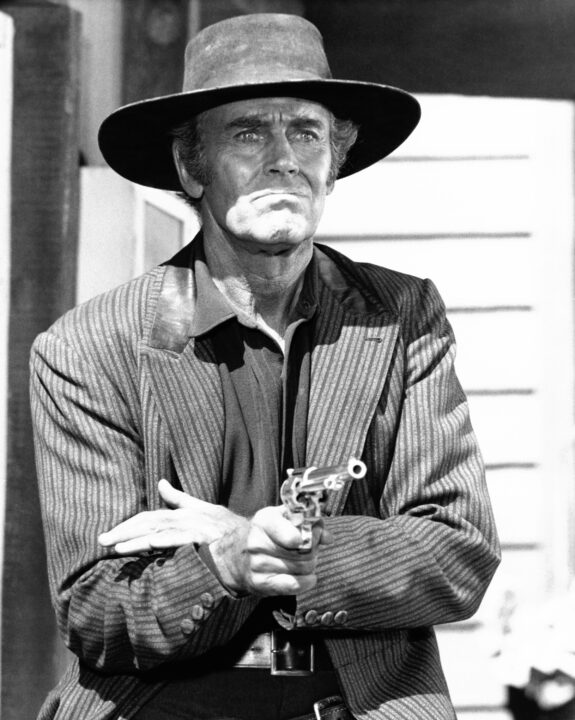
Everett Collection
Medium Cool, directed by cinematographer Haskell Wexler, a still-relevant look at the media, was filmed against the backdrop of the 1968 Democratic National Convention in Chicago (at one point, during the actual riot, an off-camera voice can be heard warning, “Look out, Haskell, it’s real!” when a tear gas canister explodes). Once Upon a Time in the West, featuring Henry Fonda in a rare villainous role, is considered, in its uncut version, as Sergio Leone’s masterpiece and an influence on the likes of Martin Scorsese and Quentin Tarantino.




